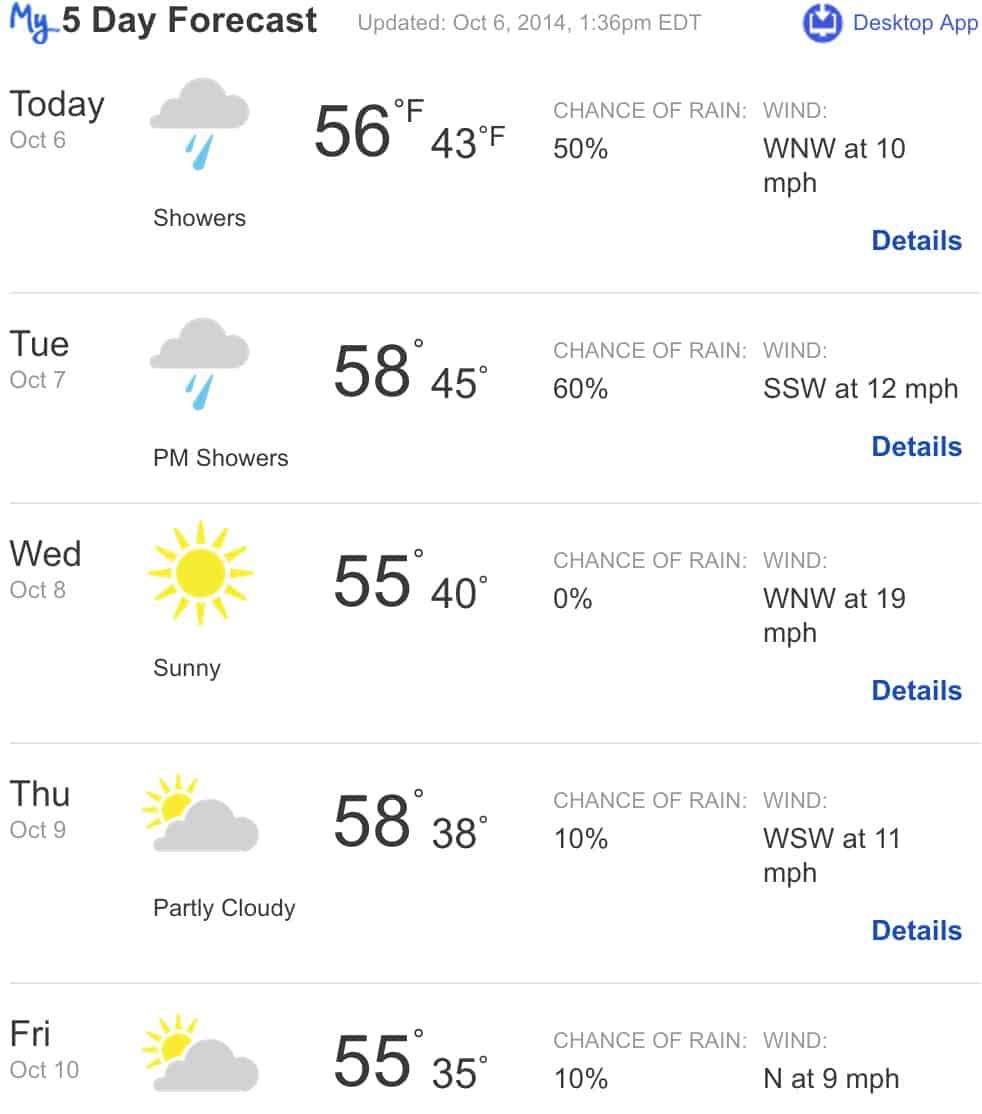Renewable and Non-Renewable Resources: Lesson Nine
Part One: Video Lesson
Part Two: Practice Questions
1. Conservation is imperative because without it:
A. the government cannot support protests
B. we can’t drill oil
C. we do not want to deplete all of our natural resources
Answer: C. we do not want to deplete all of our natural resources
2. This past year, Michigan experienced an incredibly wet spring. Due to the constant storming, farmers only had limited time frames when they were able to apply pesticides and fertilizers to their crop. Then, storms would come through and carry these pesticides into nearby rivers and streams. As a result of this agricultural run-off, pollutants are reaching lakes and bays where people draw their water from, raising health risks and concerns.
Which of the following could likely help in remedying this problem?
A. The implementation of innovative new agricultural processes and treatments.
B. Expediting the natural process of soil erosion.
C. The application of new metal and plastic waste treatment centers.
Answer: A. The implementation of innovative new agricultural processes and treatments.
3. Agricultural run-off and the water contamination are growing concerns because:
A. Rivers and streams are more essential than lakes and oceans for generating energy.
B. Soil is renewable resource that can regenerate every season.
C. Water is an important energy resources that humans require to survive.
Answer: C. Water is an important energy resources that humans require to survive.
Renewable and Non-Renewable Resources: Lesson Nine Read More »

